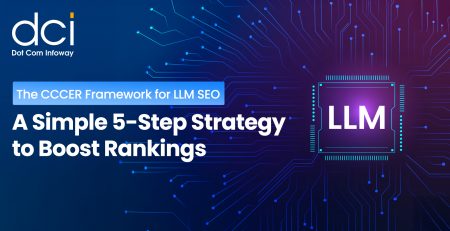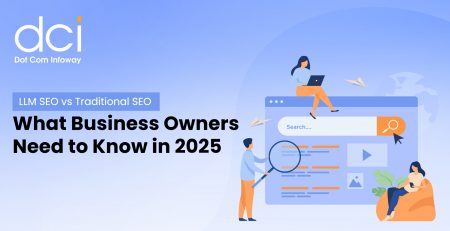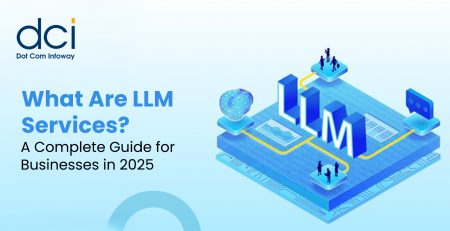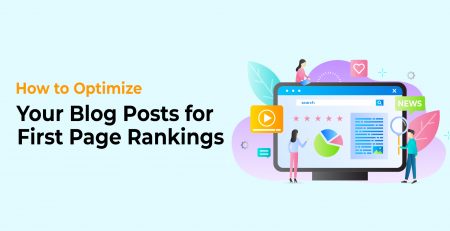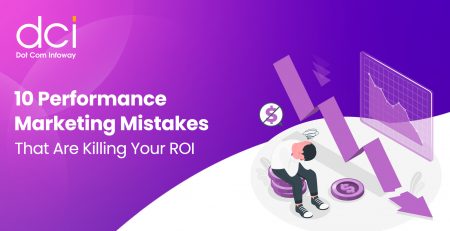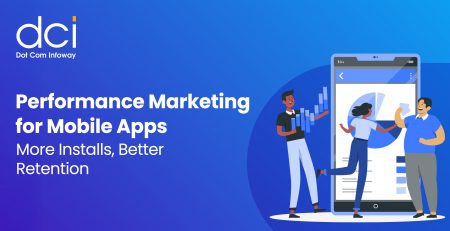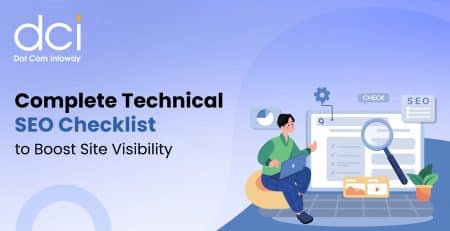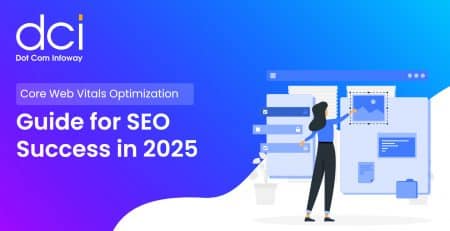Struggling to Reach Customers? Performance Marketing Solutions for 2025.
In today’s fast-paced digital world, businesses are struggling more than ever to reach customers, even with larger marketing budgets. Traditional advertising channels, once reliable, are now overcrowded and less effective. Ad fatigue, privacy concerns, and shifting consumer behaviors are forcing brands to search for better solutions. Performance marketing, a results-driven strategy tailored for 2025, is emerging as the answer. It helps brands target their ideal audience while optimizing ad spend and focusing on measurable outcomes like conversions and sales. By leveraging data and AI-driven optimizations, performance marketing is becoming essential for overcoming customer acquisition challenges. Let’s explore how this strategy can drive business success.
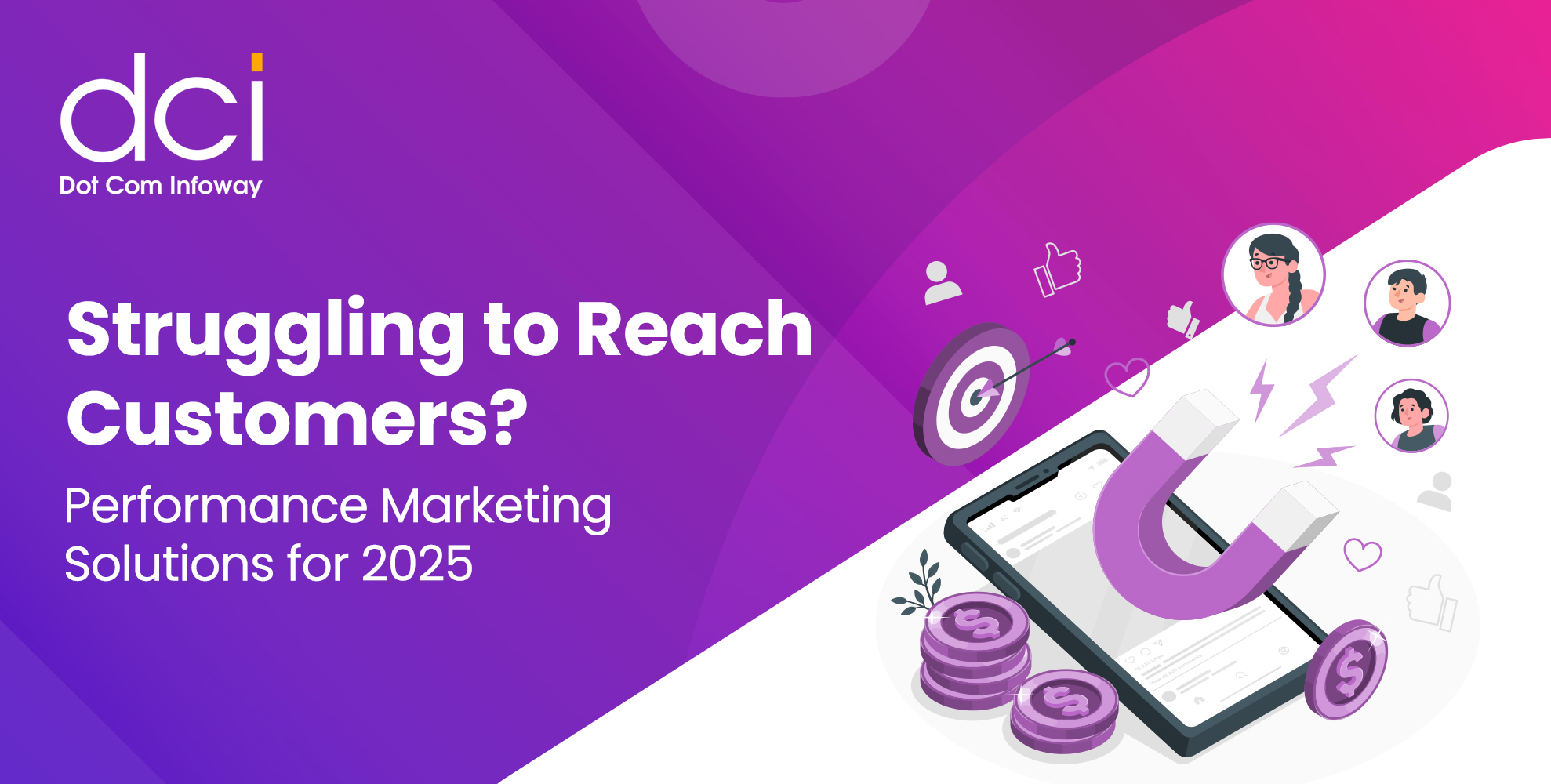
The Power of Performance Marketing in 2025
Performance marketing focuses on measurable results, where advertisers only pay for specific outcomes such as clicks, leads, or purchases. As marketing budgets face tighter scrutiny, this strategy has gained traction because it minimizes wasteful spending and prioritizes ROI. From pay-per-click (PPC) campaigns to affiliate marketing and influencer partnerships, performance marketing relies on real-time data and precision targeting. Businesses can reach the right audience at the right time while continuously optimizing their campaigns for better results. AI-powered tools now play a key role, making it easier to automate and fine-tune campaigns, making performance marketing indispensable for 2025.
Understanding Why Businesses Struggle to Reach Customers
Many businesses struggle to reach customers not because they lack effort, but because they aren’t leveraging the right strategies or platforms. One major challenge is the fragmentation of media consumption—potential customers are no longer confined to a few major platforms but are scattered across search engines, social media, video-sharing sites, and niche communities. Without an integrated approach, businesses risk wasting efforts on ineffective channels. Additionally, changes in privacy regulations, such as the phasing out of third-party cookies, have complicated targeting efforts, making it harder to track and engage potential customers.
Moreover, customers today are increasingly demanding personalized experiences. Generic advertisements or irrelevant content often result in poor engagement, driving up marketing costs without yielding meaningful conversions. To tackle these issues, businesses need marketing strategies that prioritize customer intent and relevance over sheer volume. This is where performance marketing solutions stand out—they focus on delivering personalized experiences while tracking outcomes, so you know exactly what works and what doesn’t.
Performance Marketing Solutions You Can’t Ignore in 2025
Pay-Per-Click (PPC) Advertising: Maximizing Immediate Visibility
PPC campaigns, particularly on Google Ads and Bing Ads, continue to be a vital component of performance marketing in 2025. As competition for search engine real estate intensifies, businesses can no longer rely solely on organic traffic. Instead, they need to balance both paid and organic efforts to maximize visibility. The advantage of PPC lies in its pay-for-results structure—you’re only charged when someone clicks on your ad. With AI-powered keyword targeting and enhanced bidding strategies, businesses can reach high-intent customers at key stages of their buying journey.
Social Media Performance Ads: Engaging the Modern Consumer
Social media platforms like Facebook, Instagram, and TikTok remain central to customer acquisition strategies, especially as these platforms enhance their targeting algorithms. The ability to run performance-driven ads based on users’ browsing habits, interests, and demographics ensures higher engagement rates. What makes social media advertising particularly effective is the potential for viral reach—one well-targeted ad can generate organic shares and expand visibility exponentially. Additionally, platforms like Meta have introduced new performance metrics, enabling advertisers to optimize ads in real time and track precise conversions.
Affiliate Marketing: Leveraging Partnerships for Growth
Affiliate marketing is experiencing a resurgence in 2025 as brands seek cost-effective ways to expand their reach. By partnering with influencers, bloggers, or niche publishers, businesses can tap into pre-existing audiences without incurring heavy upfront expenses. Affiliates promote products or services in exchange for a commission based on conversions, making it a win-win for both parties. With tracking tools now more advanced than ever, businesses can monitor affiliate performance and optimize campaigns to ensure they’re driving quality leads.

Ready to boost your website’s rankings and online visibility?
Discover how our expert SEO services can resolve ranking issues, drive traffic, and elevate your website’s performance to the next level!
Influencer Marketing: From Awareness to Direct Conversions
Influencer marketing has shifted from a brand awareness tool to a full-fledged performance marketing channel. Instead of paying influencers solely for exposure, brands in 2025 are increasingly adopting performance-based models where compensation is tied to specific outcomes, such as sales or app downloads. This approach ensures that businesses get measurable returns while influencers maintain authenticity in promoting products. Micro-influencers, in particular, have gained traction due to their highly engaged niche audiences.
The Role of AI and Automation in Performance Marketing
AI-driven tools have revolutionized performance marketing by automating processes such as audience segmentation, campaign optimization, and predictive analytics. For example, AI can analyze vast amounts of customer data to identify patterns and predict which customers are most likely to convert. It can then automatically adjust ad placements, bidding strategies, and creative content in real time, ensuring maximum efficiency. In 2025, leveraging AI and machine learning is not just an advantage—it’s a necessity for brands looking to scale their performance marketing efforts.
Measuring Success: Key Metrics to Track
To ensure your performance marketing campaigns are effective, tracking key performance indicators (KPIs) is essential. These metrics go beyond clicks and impressions, focusing on actionable outcomes like cost-per-conversion, return on ad spend (ROAS), and customer lifetime value (CLV). By continuously monitoring and refining campaigns based on these metrics, businesses can make data-driven decisions and allocate budgets more efficiently.
Conclusion: Performance Marketing Is Your Key to Growth in 2025
In a year marked by rapid technological advancements and shifting consumer expectations, performance marketing offers a solution to the age-old problem of customer acquisition. By focusing on measurable outcomes, personalized targeting, and real-time optimizations, businesses can not only reach their target audience but also drive sustainable growth. If you’re struggling to reach customers, it’s time to embrace performance marketing solutions that deliver tangible results. With the right strategy in place, 2025 could be the year your business breaks through its growth barriers.

